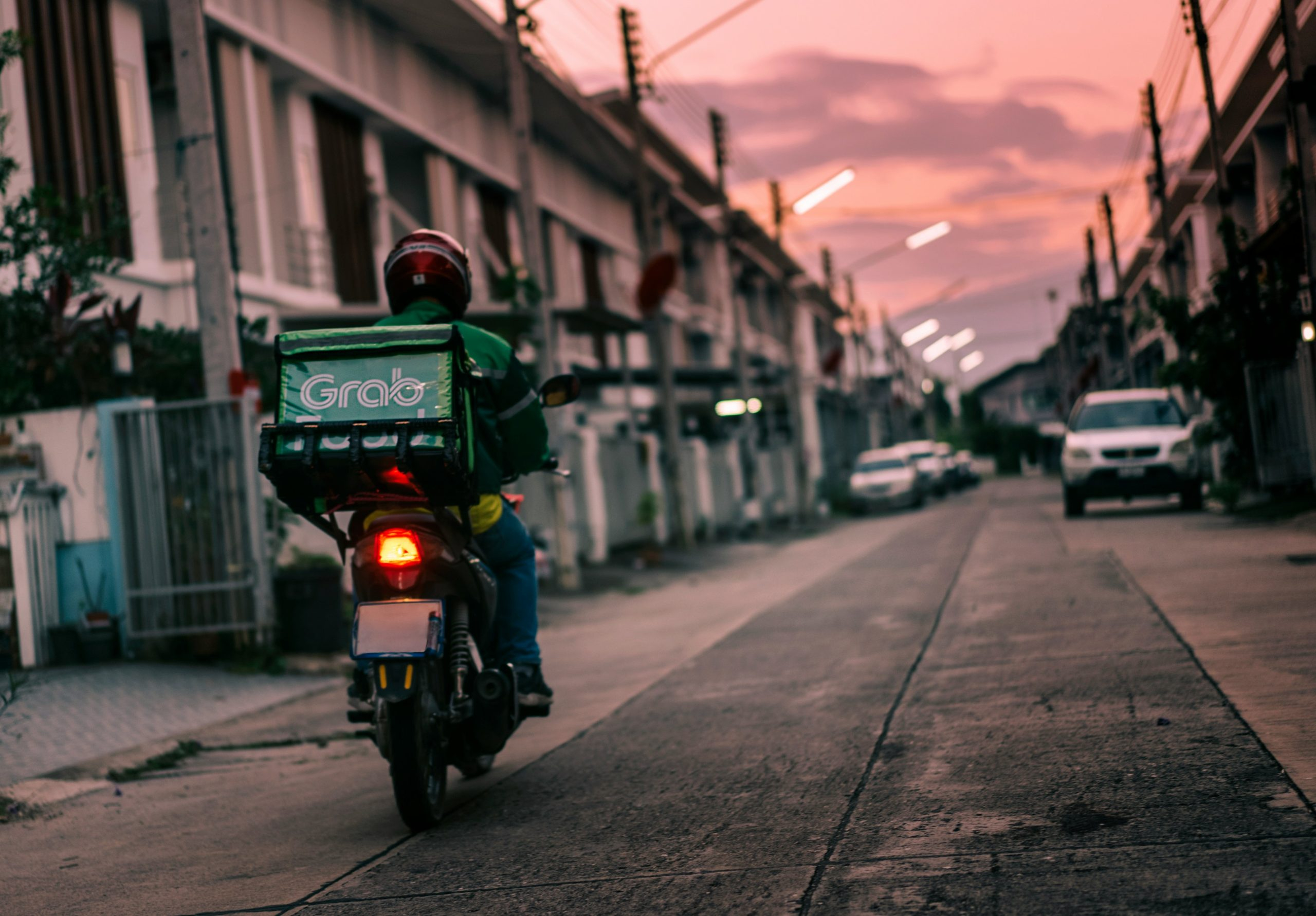Last-Mile Delivery Wars: Uber, DoorDash, and the Fight for Speed
Last-mile delivery has become the latest battleground for tech giants looking to dominate the food delivery market. With the rise of online food ordering and the demand for quick and efficient delivery, companies like Uber and DoorDash have been locked in a fierce competition to capture the last-mile market. But what exactly is last-mile delivery, and why is it so important? In this article, we’ll dive into the details of the last-mile delivery wars and how companies are fighting to be the fastest and most reliable delivery service in the game.
What is Last-Mile Delivery?
Last-mile delivery refers to the final step in the logistics process that delivers goods from a warehouse or distribution center to the end customer’s doorstep. It is often the most crucial part of the delivery chain, as it is the last touchpoint before the customer receives their order. With the rise of e-commerce and online food ordering, the demand for quick and efficient last-mile delivery has skyrocketed.
The Rise of Uber and DoorDash
In the past decade, Uber and DoorDash have emerged as major players in the last-mile delivery sector. Uber, known for its ride-hailing services, expanded its business with the launch of Uber Eats in 2014. DoorDash, founded in 2013, rose to prominence as one of the leading food delivery services in the United States. The competition between these two companies has intensified in recent years as they battle for dominance in the last-mile market.
The Fight for Speed
Speed is the name of the game in the last-mile delivery wars. With customers expecting their orders to arrive quickly and efficiently, companies must prioritize speed in their delivery process. Both Uber and DoorDash have invested heavily in technology and logistics to improve their delivery speeds. Uber has introduced features like “real-time order tracking” and “delivery on demand” to speed up the delivery process. Similarly, DoorDash has established a network of “Dashers” (delivery drivers) to fulfill orders as quickly as possible.
But it’s not just about getting the orders delivered quickly; companies must also ensure the quality and freshness of the food. With orders ranging from hot pizzas to delicate desserts, maintaining the food’s temperature during delivery is crucial. To address this issue, Uber and DoorDash have invested in advanced packaging solutions to keep the food in optimum condition during transit.
The Battle for Market Share
The last-mile delivery wars are not just about speed; it’s also about gaining a larger market share. In 2020, DoorDash overtook Uber Eats as the top food delivery service in the United States, with a market share of 50%. However, Uber Eats still holds a significant share of the market globally. To stay relevant, both companies are continuously expanding their services and investing in new technologies.
The Future of Last-Mile Delivery
The pandemic-induced shift towards online ordering has accelerated the growth of the last-mile delivery market. As the demand for fast and efficient delivery continues to grow, we can expect to see more players entering the game. With companies like Amazon, Grubhub, and Postmates also vying for dominance in the market, the last-mile delivery wars are far from over.
In conclusion, the battle for speed and market share between Uber and DoorDash has been intense, with both companies constantly innovating to stay ahead of the competition. As the last-mile delivery market grows, we can expect to see more developments and advancements as companies vie for the top spot. And as customers, we can sit back, relax, and enjoy the convenience of having our favorite meals delivered to our doorstep in record time.











